 The Bullfighter's Salute
The Bullfighter's SaluteThe Bull-Fighter's Salute, 1869
Signed, lower right: Fortuny
Oil on canvas/ huile sur toile
61x50.2cm
The bull-fighter salutes the crowd after having killed the bull. This may be a depiction of the bull-ring in Madrid, and the figure could be a portrait. It is one of a small number of scenes of this type executed by the artist and probably originates from one of his trips to Spain in 1867/8 and 1870/2.
The painting was possibly commissioned in Paris in 1869; said to have been painted in 1869. It is probably identifiable as a picture sent by the artist for exhibition and sale in London in 1873.



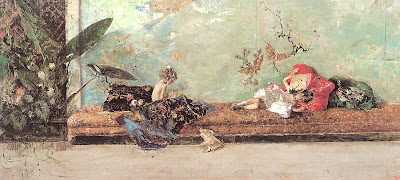 Children in Japanese Hall
Children in Japanese Hall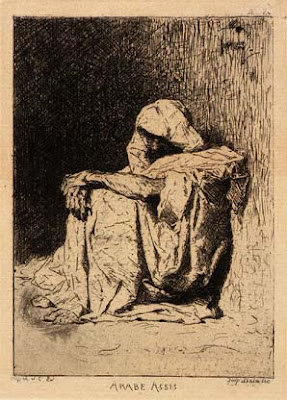
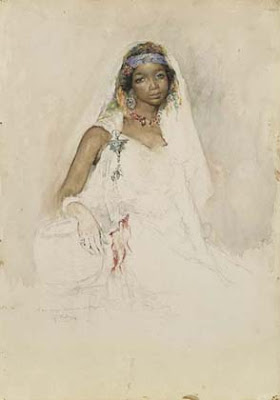
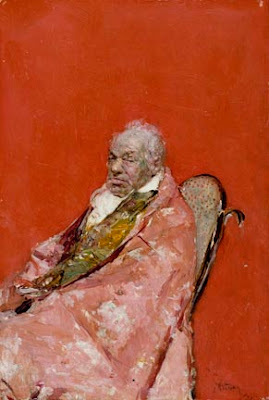
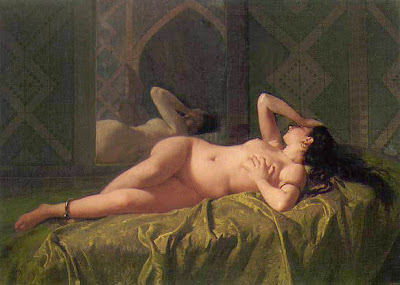
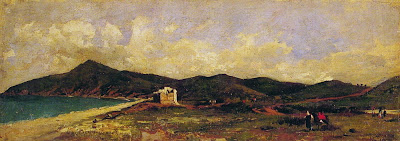
 World Portraits
World Portraits The Orientalists
The Orientalists Pets
Pets Sur La Table
Sur La Table Garden Delights
Garden Delights Visit My Store
Visit My Store Painting Portfolio
Painting Portfolio


